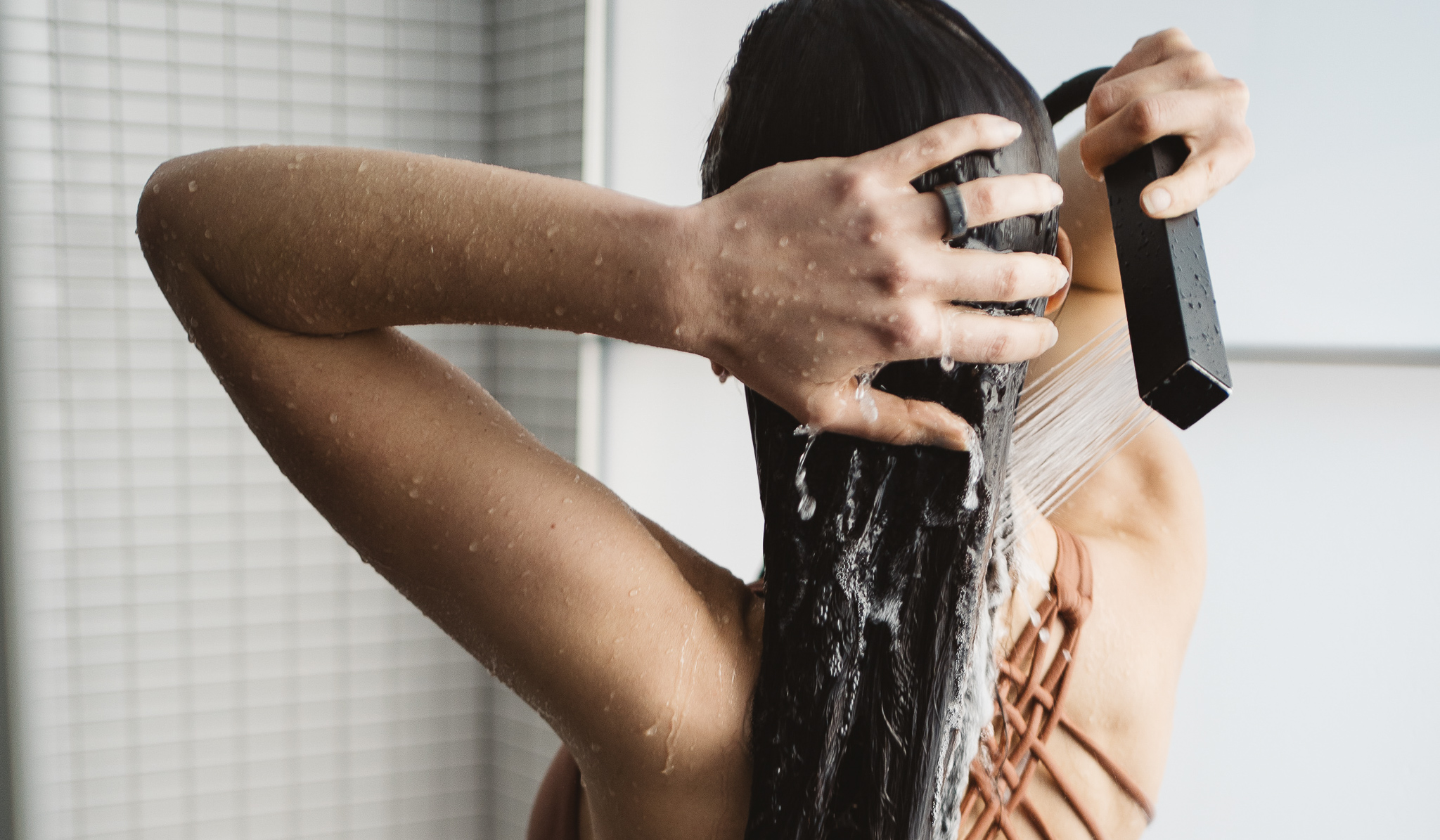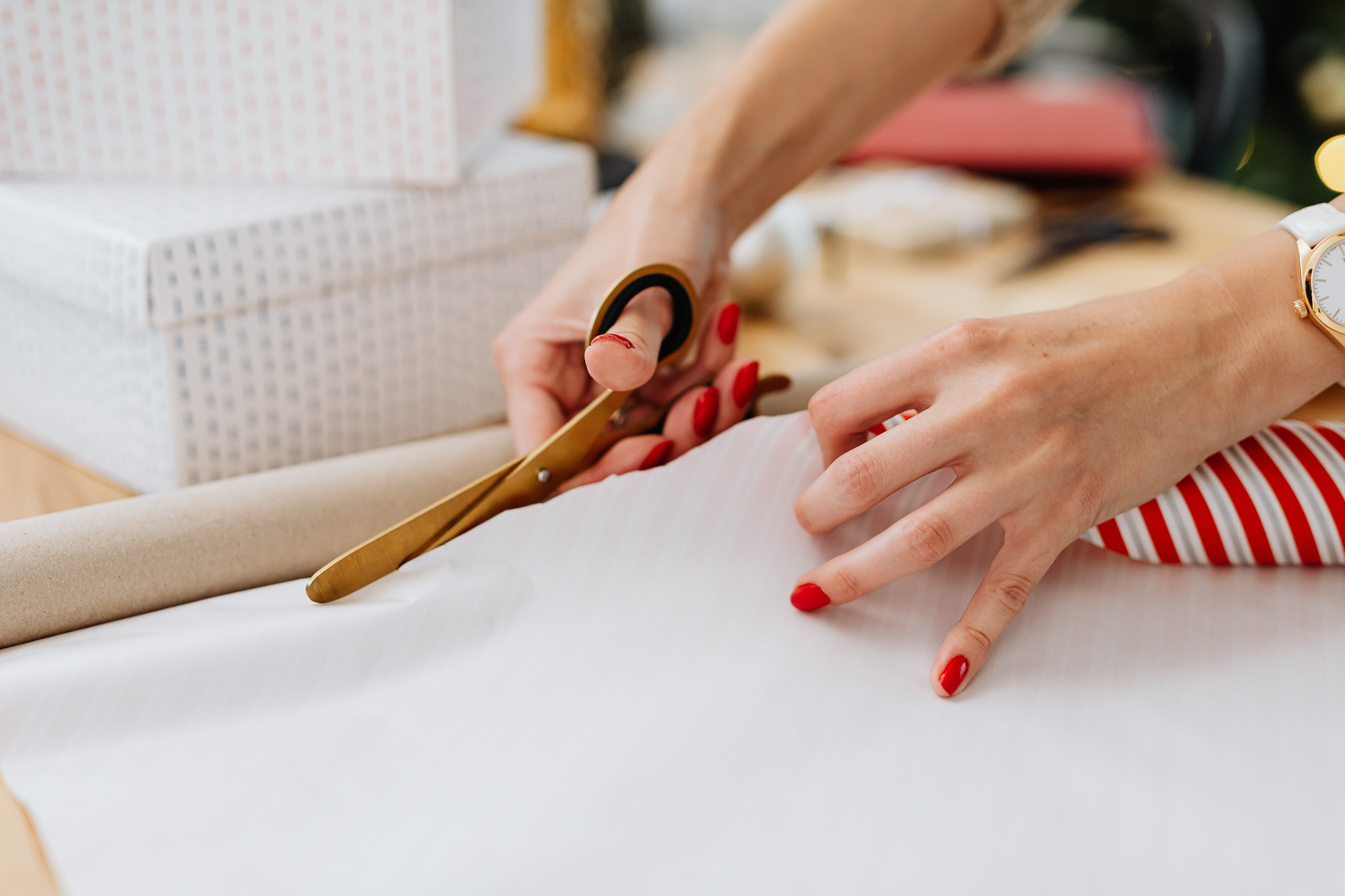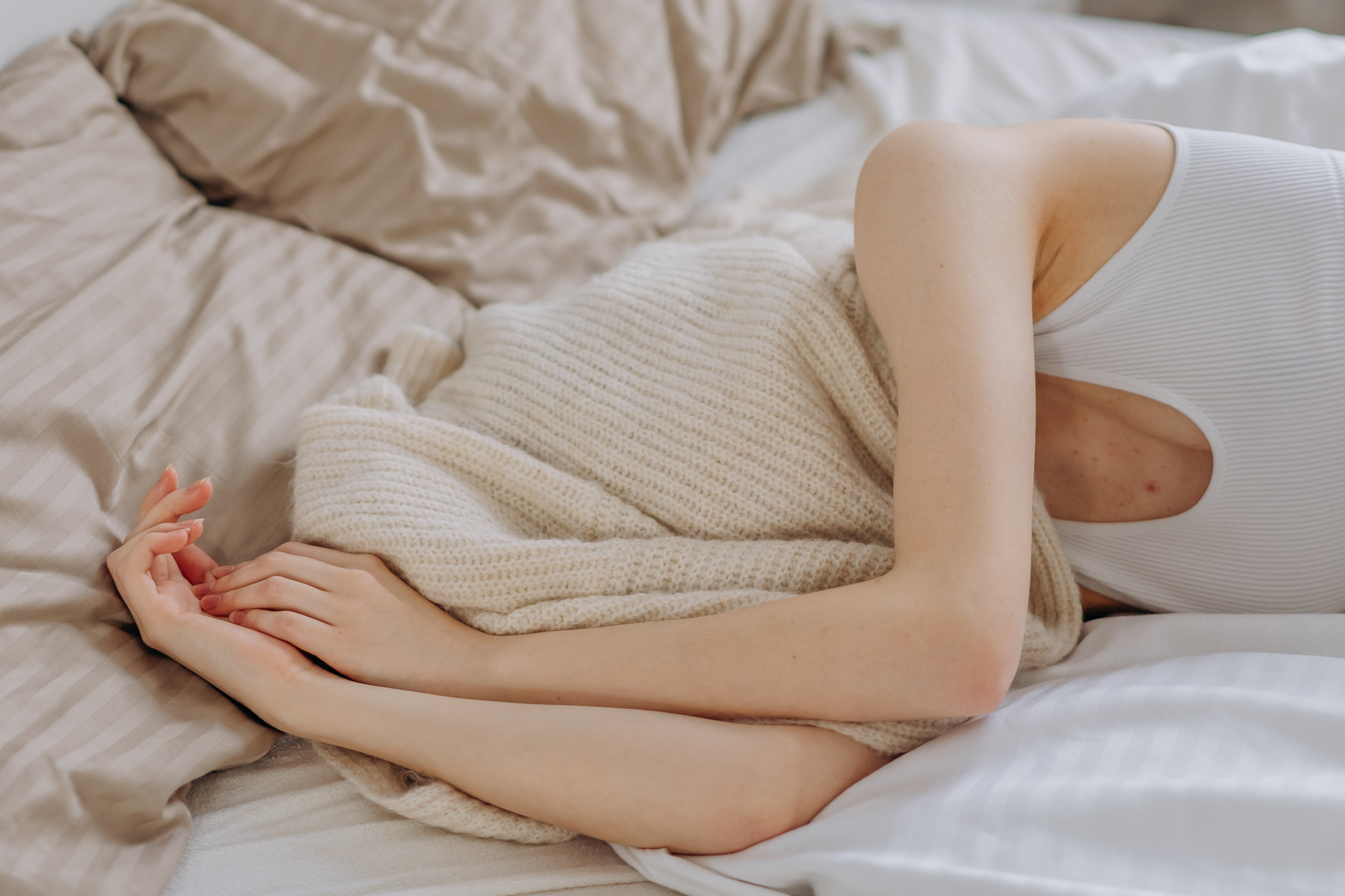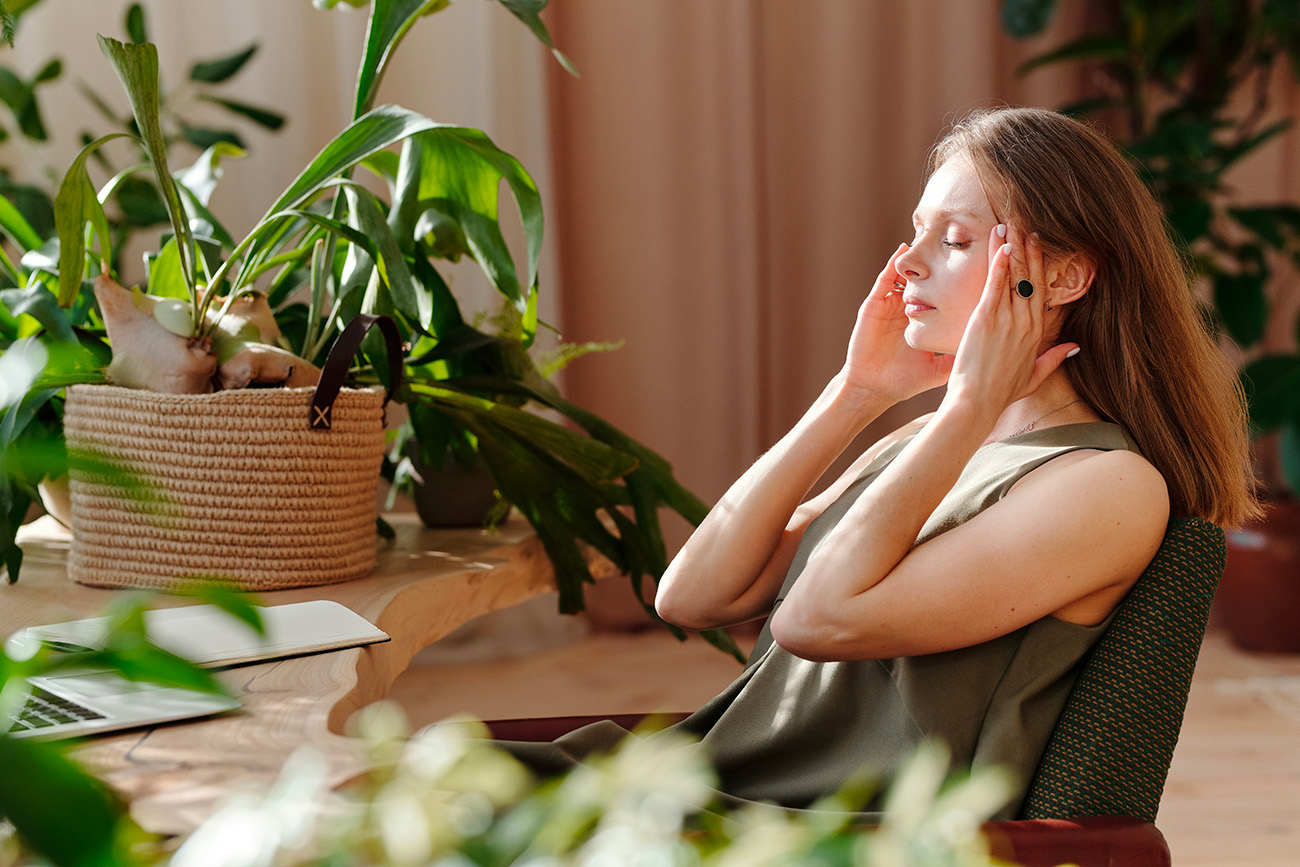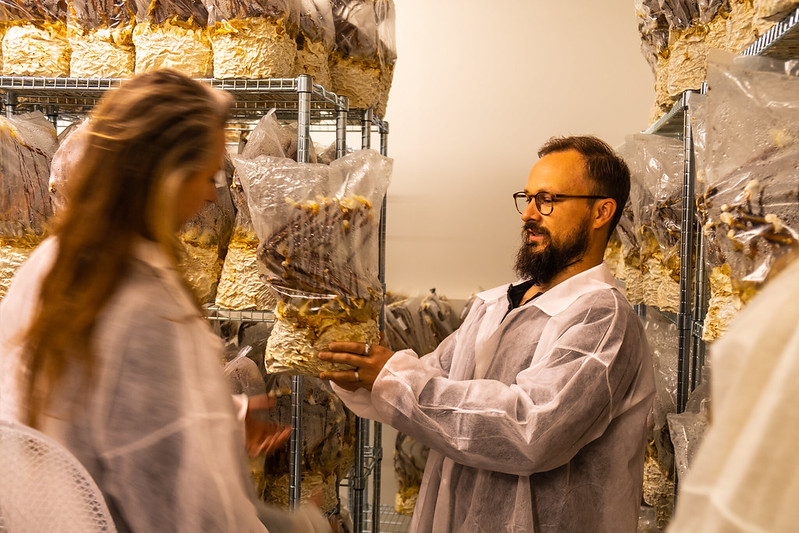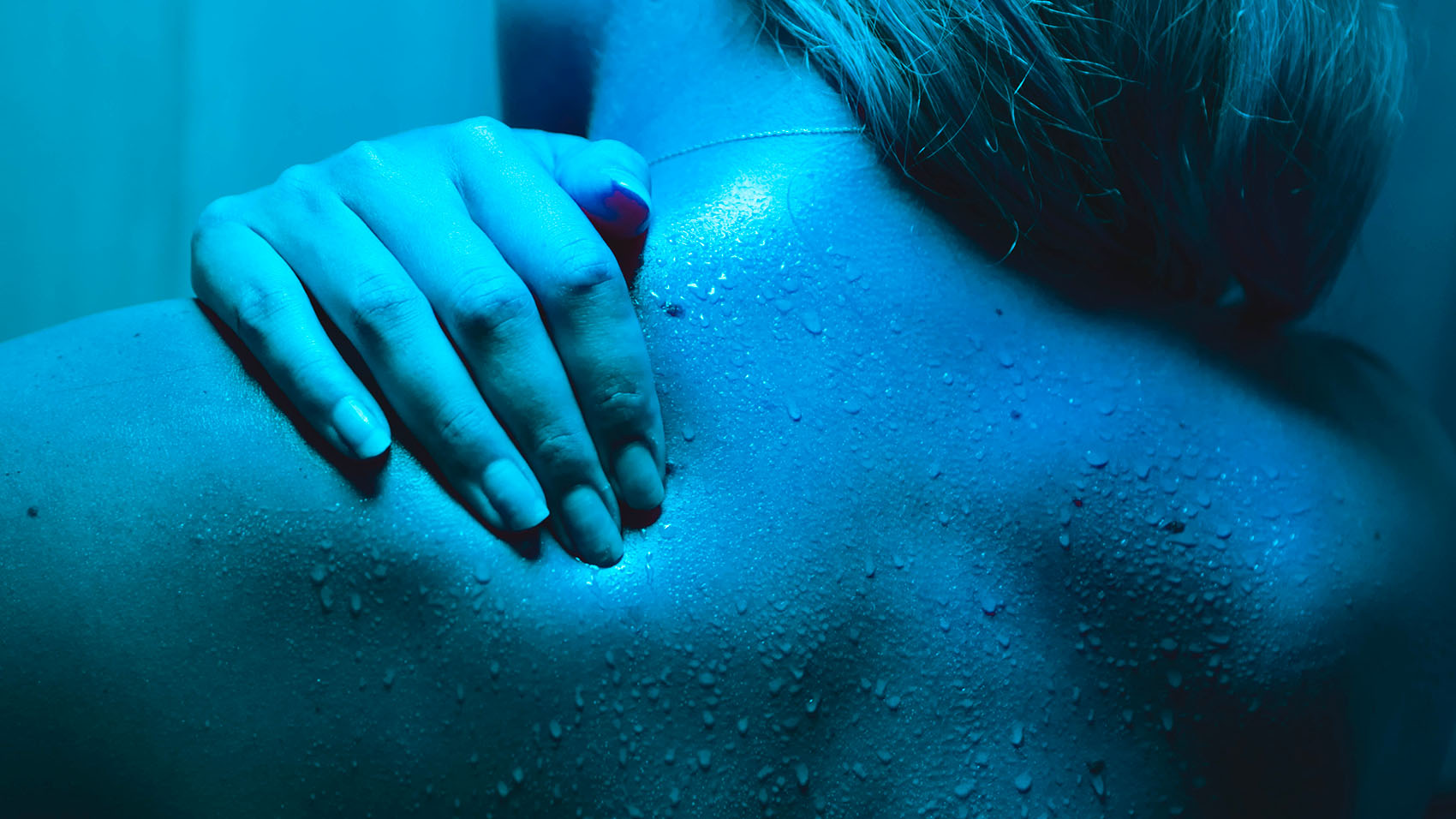Basics of biohacking
3-minute reading What will you learn in this article? Four tips on how to proceed when developin...
Christmas gatherings, family visits, New Year’s Eve parties... A period of mutual gratitude, but als...
So that the power of Christmas would not overpower us. Christmas in a zen den Perhaps you ...
Make the chilly autumn weather more enjoyable, boost your resistance, and give your wallet a rest. ...
The dark realm of headaches Practical defence against the dark arts of headache and migraine. Oh...
Biohacker Summit, Helsinki 2022 - Part II Welcome to part II. In my first article, I explained what...
The practice of sauna is ancient, with evidence that goes back thousands of years. It can vary in fo...

